The Dutch conference hit a major milestone in November, let’s take a look back.
Set at numerous locations throughout Amsterdam, including of course canal boats, this year’s three-day VR Days conference brought together international creators, curators, and companies bent on making their mark in the EU.

Given its growth and development in the past half-decade, 2019 measured up as a reflective milestone for the XR franchise sponsored by the Creative Europe Programme of the European Union and Laval Virtual, among other partners. With a start as a casual meet-up for the Dutch XR enthusiast, conference founders Benjamin de Wit and Daan “Kip” Doornink quickly realized what an incredible treasure trove of talent they were organizing in their own city. That being said, both are thrilled by VRDays’ fast-paced expansion as the multi-day, multi-venue, multi-staff operation that it is now.

This year’s programming boasted of over 100 exhibitors and almost 200 speakers scattered across panels, demos, and novelty networking opportunities (think: outdoor yurt). The conference was action-packed with stimulating sessions and break-aways for the duration. Attractions like the Halo Awards, the Church of VR, a Vision and Impact day-conference, and private pitching sessions directly to a select group of international investors in for the occasion set the tone of a high-brow industry experience here to stay.
The abundance of attendees understandably represented Holland’s mixed-reality industry with local professionals happy to tour collegial foreigners around their capital. Faces representing the world over sprinkled the audience, but most guests hailed from neighboring nations. That being said, conversations about EU funding flowed freely both during scheduled talks and conversationally in the main halls. With a push to increase Europe’s role in XR development, many regional creators discussed the trials and tribulations of seeking support to the benefit of all guests.

Talk topics ranged greatly, but as goes XR conferences and professional community events, many were either enterprise orientated or titled for virality and current trends. In comparison to other industry conferences, programming blocks at VRDays were surprisingly structured under one theme for a great length of time; multiple discussions happened back-to-back as not to break focus. The founders acknowledged trying to bridge gaps between the business, arts, and academic sides of immersive tech by programming their best against VRDays’ reigning slogan, “Unite the XR community, inspire creative minds, and drive business forward.”
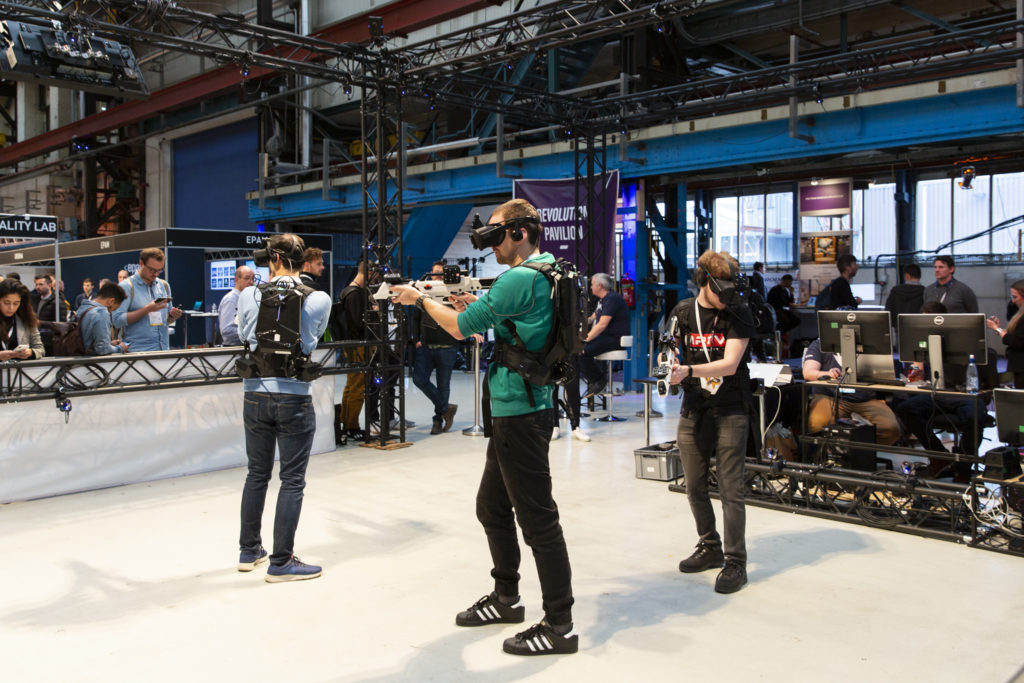
As an impressive lustrum ends, VRDays as an industry institution looks ahead to another five productive and innovative years. Interested parties may even start reserving tickets now for 2020. VRScout will soon be publishing an interview with de Wit and Doornink about their impressions of advancing and cultivating their signature event thus far, and personal hopes for the future of our budding field.
Feature Image Credit: Studiotweemaal.com
The post Europe’s XR Community Came Out In A Big Way For The Fifth Annual VRDays Conference appeared first on VRScout.
from VRScout https://ift.tt/2sq17Ro
via IFTTT
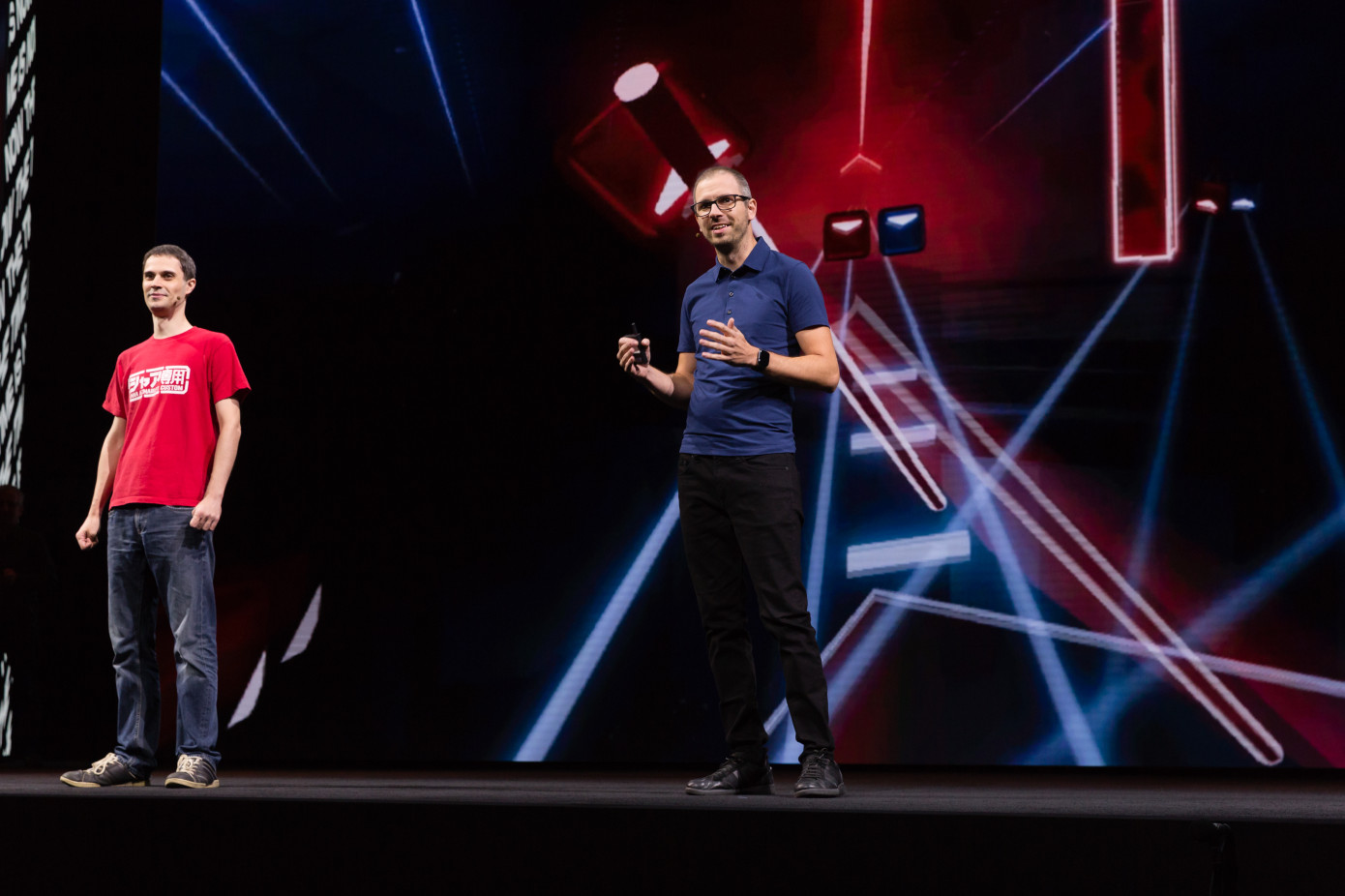
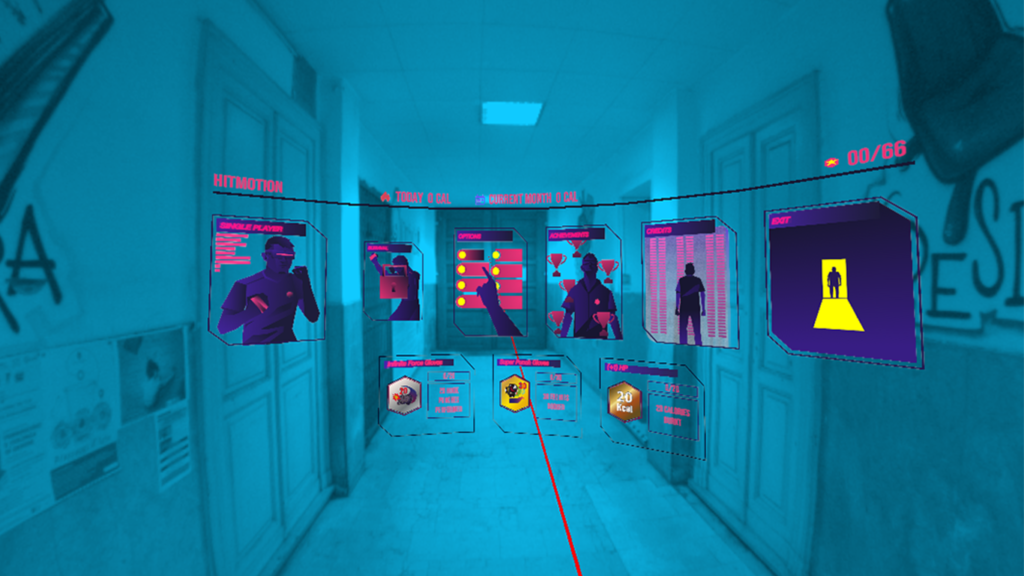
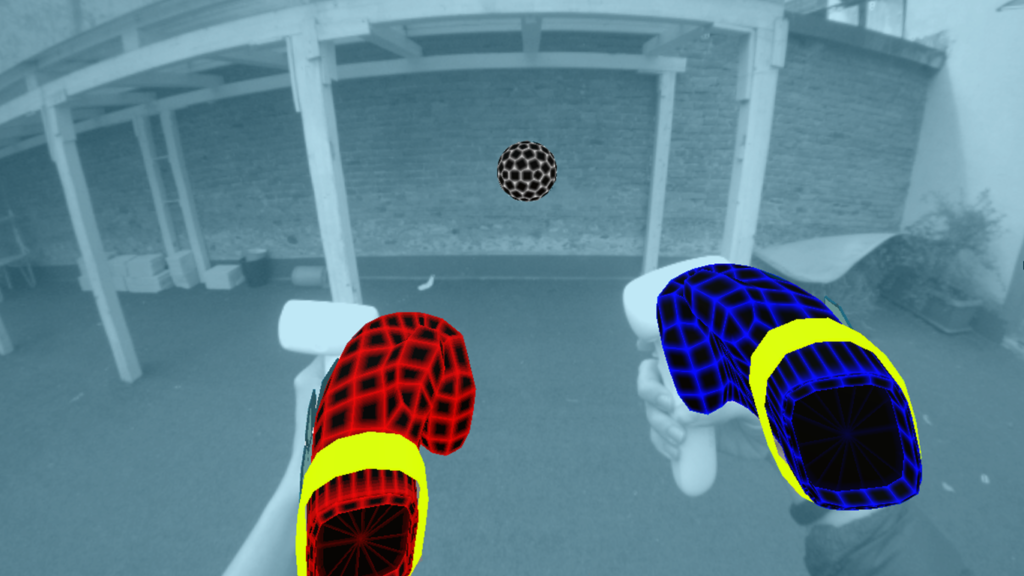

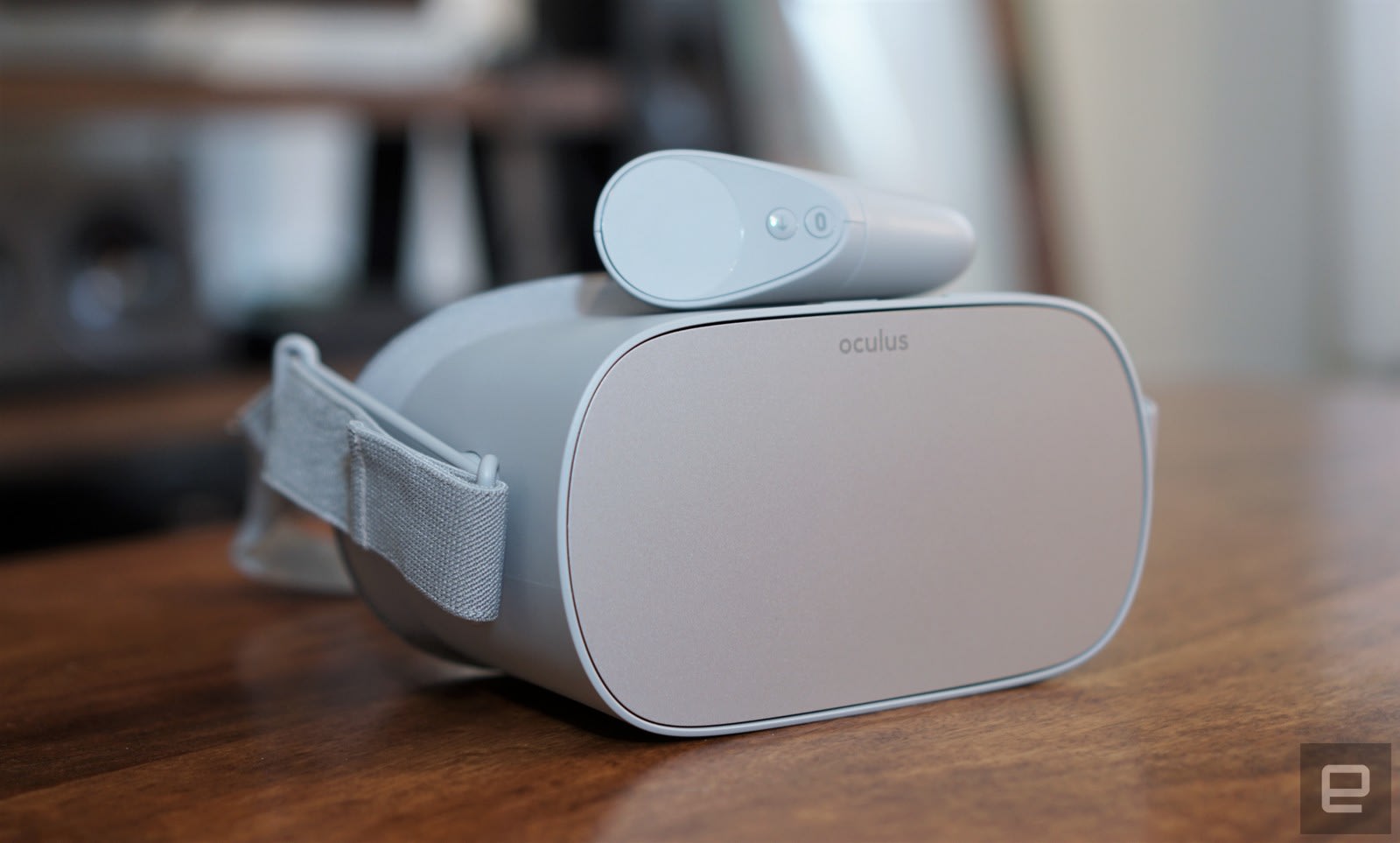 You're looking at one of the most affordable ways to immerse yourself in stand-alone VR. Amazon is selling the 32GB Oculus Go headset for $150, down from the usual $199, as part of its Black Friday sales. There have been substantial discounts before...
You're looking at one of the most affordable ways to immerse yourself in stand-alone VR. Amazon is selling the 32GB Oculus Go headset for $150, down from the usual $199, as part of its Black Friday sales. There have been substantial discounts before...







 The
The  This
This 





